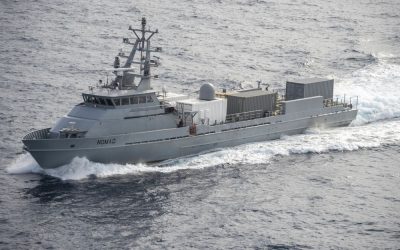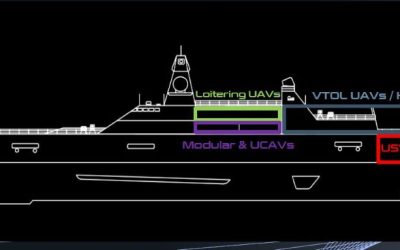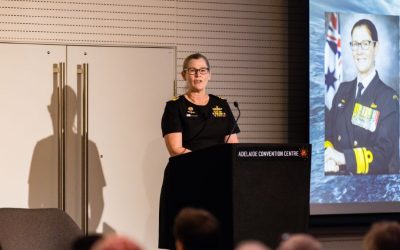As Lisa Hammock, a Senior Environmental Consultant at BMT told RINA’s ‘Warship 2021: Future Technologies in Naval Submarines’ conference, there are opportunities aplenty to make designs more sustainable.
Submarines are designed for a service life of more than 25 years and therefore they need to be designed to meet the needs of tomorrow as well as today. This not only means a flexible operational capability but also implies increased importance should be placed on areas such as sustainability and climate resilience in design.
Although submarines, through low signature requirements, often present a lower environmental footprint than their larger ship counterparts, there is still a considerable concerted effort required to ensure the platform is environmentally sustainable, throughout its entire life: from concept to end-of-life disposal.
In Ms Hammock’s paper, BMT explored the key drivers and factors behind environmental sustainability in submarine design, with examples demonstrating how sustainable principles may be used to improve the environmental impact of the platform, without compromising the mission and whilst improving performance. It also discussed the role of teamwork in achieving this goal, including how designers, customers, shipyards and suppliers can all work together to maximise the benefits of a sustainable submarine design.
She explained that there are various technologies available to reduce a platform’s immediate impact upon the environment, however, to be environmentally sustainable a designer must assess the environmental impact over the whole lifecycle.
“An important consideration for defence activities and assets is the ability to remain operationally effective. But this can be achieved in synergy with environmental sustainability. In fact, following a sustainable approach to asset design, procurement, operation, and disposal, can also provide opportunities for improvements and more efficient operation throughout the platform lifecycle,” Ms Hammock noted.



